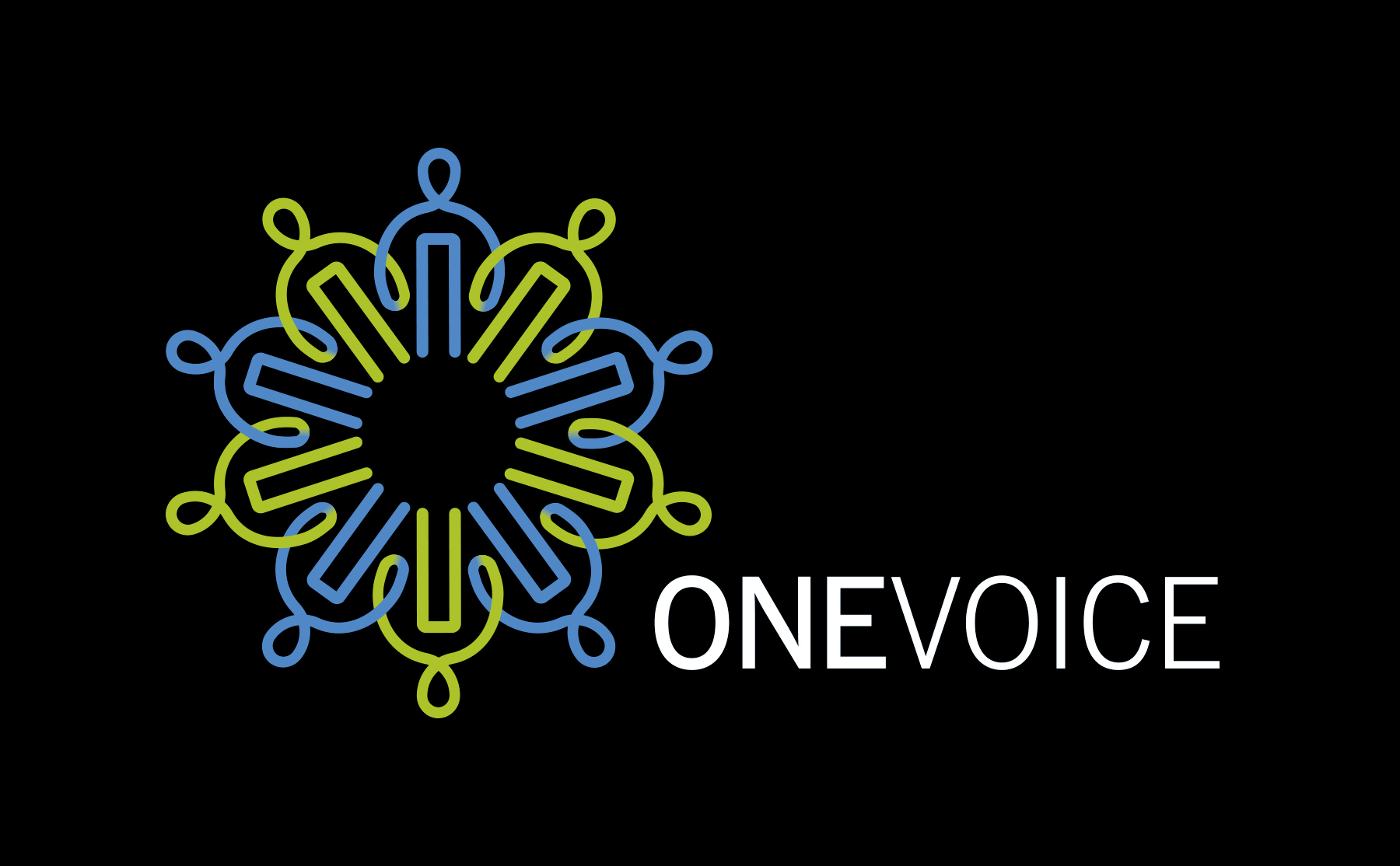
About One Voice
OneVoice is an international grassroots movement that amplifies the voice of mainstream Israelis and Palestinians, empowering them to propel their elected representatives toward the two-state solution. The Movement works to forge consensus for conflict resolution and build a human infrastructure capable of mobilizing the people toward a negotiated, comprehensive, and permanent agreement between Israel and Palestine that ends the occupation, ensures security and peace for both sides, and solves all final-status issues in accordance with international law and previous bilateral agreements. The 1967 borders form the basis for the establishment of an independent, viable Palestinian state, with permanent borders and any modifications to be agreed upon by both parties. The Movement recognizes that violence by either side will never be a means to end the conflict.
Our mission is premised on the notion that everyday people have a crucial role to play in creating the political conditions necessary to propel their leaders toward ending the conflict and the occupation. While a majority of Israelis and Palestinians support the two-state solution, an emphasis on the risks of an agreement and the compromises it entails has led many to lose sight of the transformative change that peace can bring. An increasing percentage also doubt they will see such an agreement in their lifetimes, widening the ‘incredulity gap’ of those who would readily accept a two-state compromise but cannot envision one.
From the Caucus to End the Arab-Israeli Conflict that we established in the Israeli Knesset to our “Wake Up! What Is Your Role Campaign?” to mobilize Palestinians to end the occupation and the conflict through non-violent activism, we are providing the centrist mainstream on both sides with the opportunities and tools to build momentum for a peace agreement and #2StatesNOW.
We are the only grassroots organization working in parallel with Israelis and Palestinians to empower the mainstream center in each society. Our independent offices in Tel Aviv, Ramallah, and Gaza City appeal to the national interests of both sides, catalyzing the mainstream public to be pro-active in their support for a final status agreement. While we applaud the essential work other groups do to facilitate cross-cultural dialogue and promote “Track II” diplomacy, we are action-oriented and advocacy-driven, energizing the public to demand accountability from political leaders to deliver an agreement.
Summery of One Voice Activities\ 2008
1) Who funds OneVoice?
Individuals, foundations, corporations, and governments – Israeli, Palestinian, and international. A financial review is available in our 2013 Annual report.
2) Do you really think you have an impact?
Yes. This is not to say that it will be easy. Our principal objective is to mobilize people both to demand more of their leaders and to support them in concluding an agreement to end the conflict and the occupation. As Nelson Mandela famously declared, “It always seems impossible until it’s done.”
3) Is this an attempt to impose a Western solution on a uniquely Middle Eastern problem?
No. We are supporting a solution by Israelis and Palestinians for Israelis and Palestinians. Our mission is specifically to help the majority on both sides who support the two-state solution to realize their goal.
4) Why do we support the two-state solution?
The two-state solution is the only solution that allows for the national aspirations of Israelis and Palestinians to be realized, ensuring lasting dignity, prosperity, and security for both sides. A negotiated two-state outcome is the only one that can end all claims, resolve all final status issues, and truly end the conflict. An independent, economically viable state of Palestine can only be a benefit to its neighbors, as can a secure and prosperous Israel. In the eyes of the international community, a two-state solution is the only legitimate solution to decades of war that can lead to a true democratic finality for Israelis and Palestinians, with equal rights for their citizens and a global opportunity for investment and progress. It remains the only solution that is accepted both by the international community as well as the majority of Israelis and Palestinians.
5) How can we move forward with the belief in moderates when violent extremism persists on both sides?
Average citizens on each side – Israeli and Palestinian – often abstain from vocalizing their moderate views because they fear that the other side lacks a contingent of moderates. While moderates are out there, they feel powerless and partnerless. We give people the opportunity to raise their voices, neutralize violent absolutist viewpoints, and seize back the agenda for conflict resolution. It is important to note that while addressing the phenomenon of extremism, we are not ignorant of the roots of the conflict, or the policies and the facts on the ground.
6) What does the number of supporters represent?
The number is a reflection of signatories to our various campaigns since our founding, all of which endorse the two-state solution and the principles of the OneVoice Movement. When people now add their voice, they are demonstrating their support for our common message, which can be found alongside the ticker.
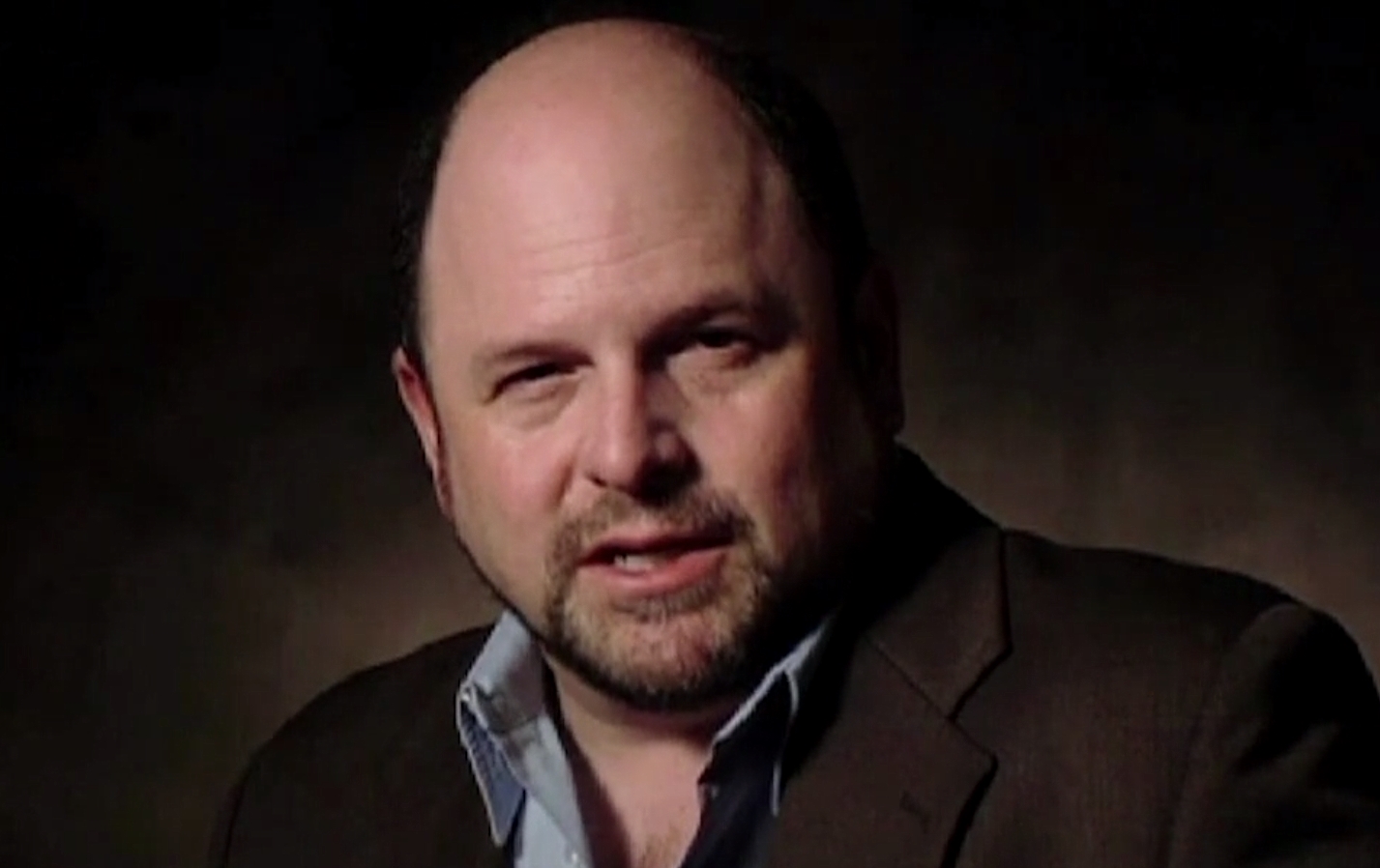
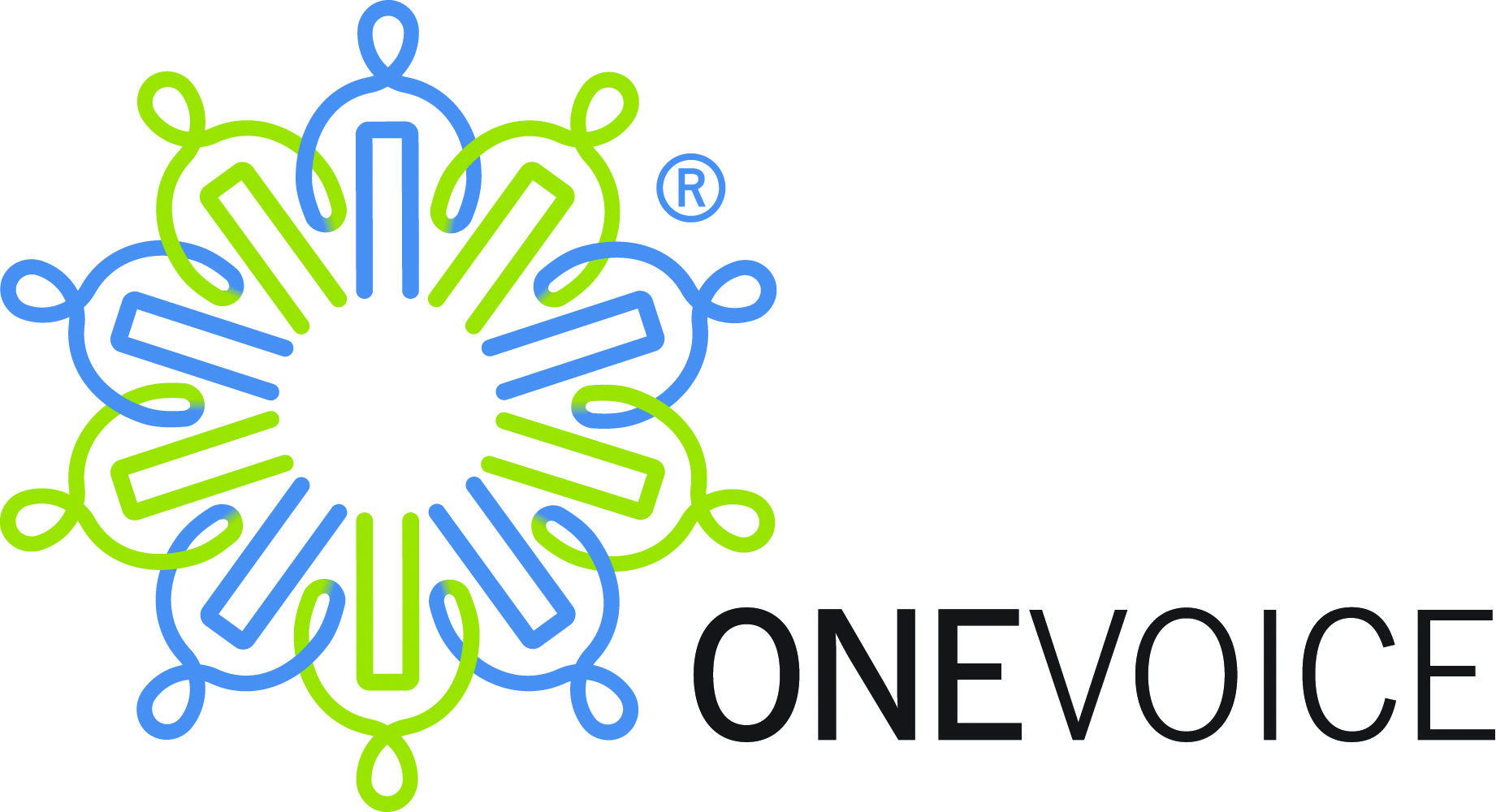

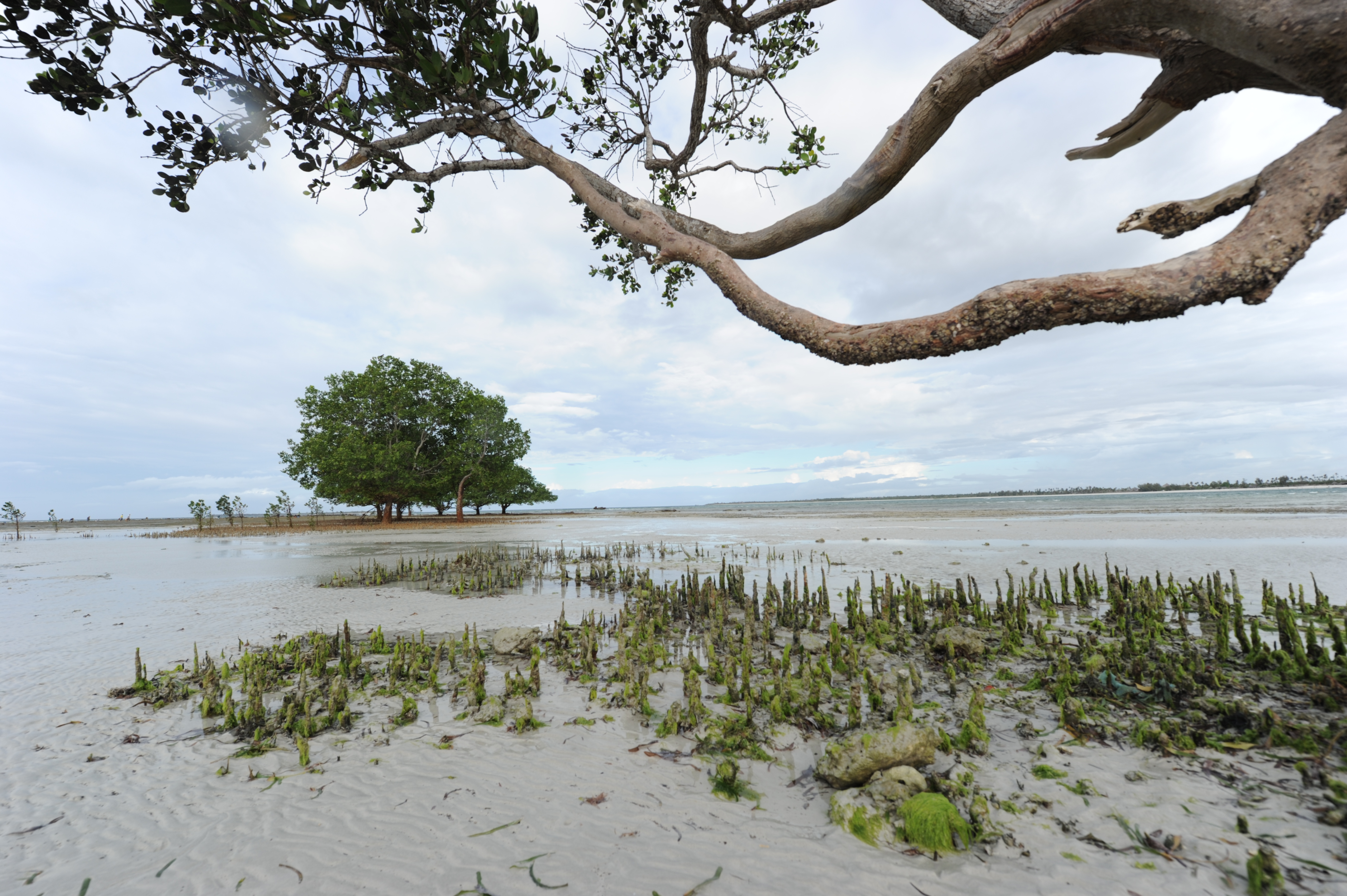
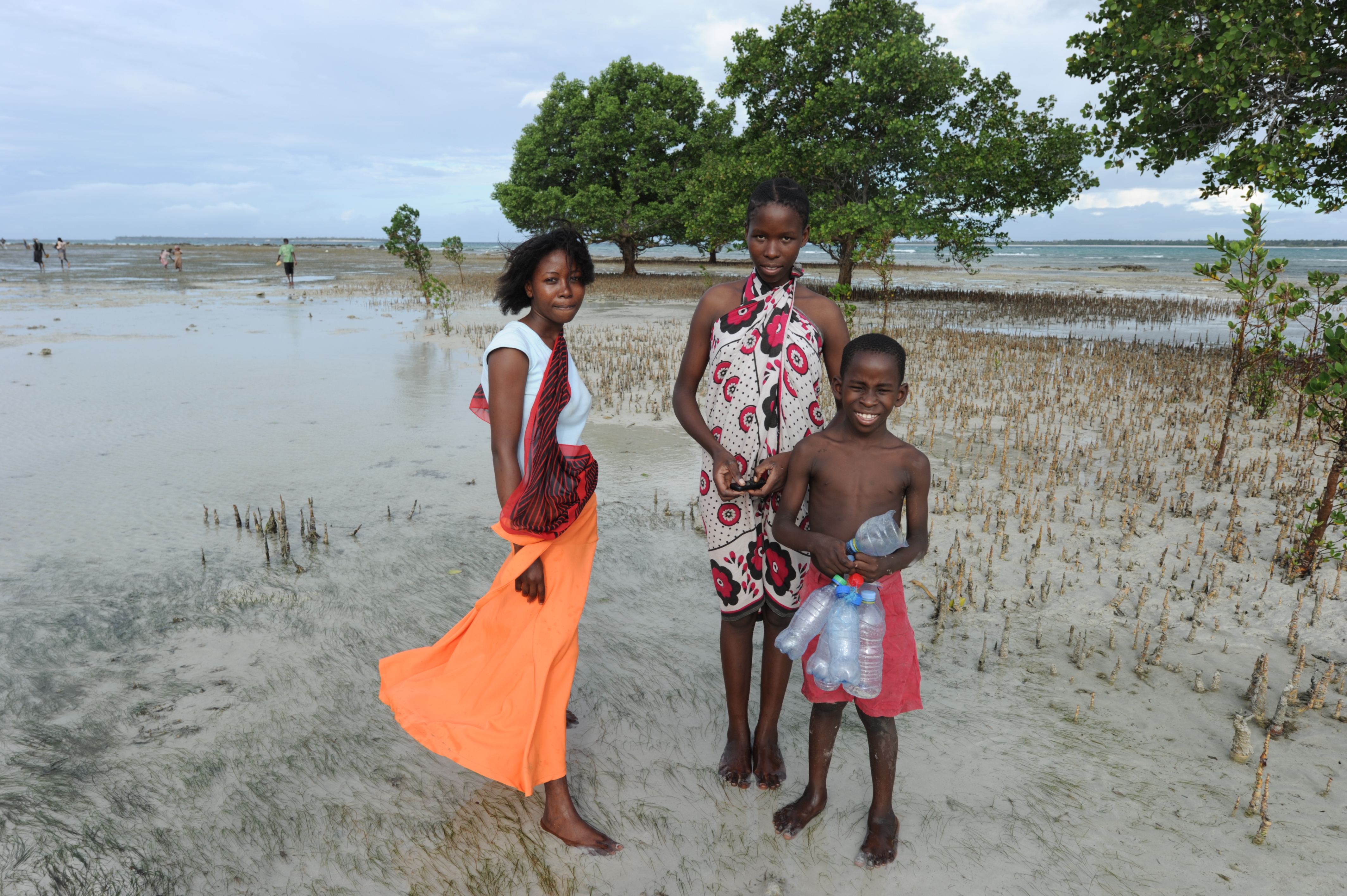
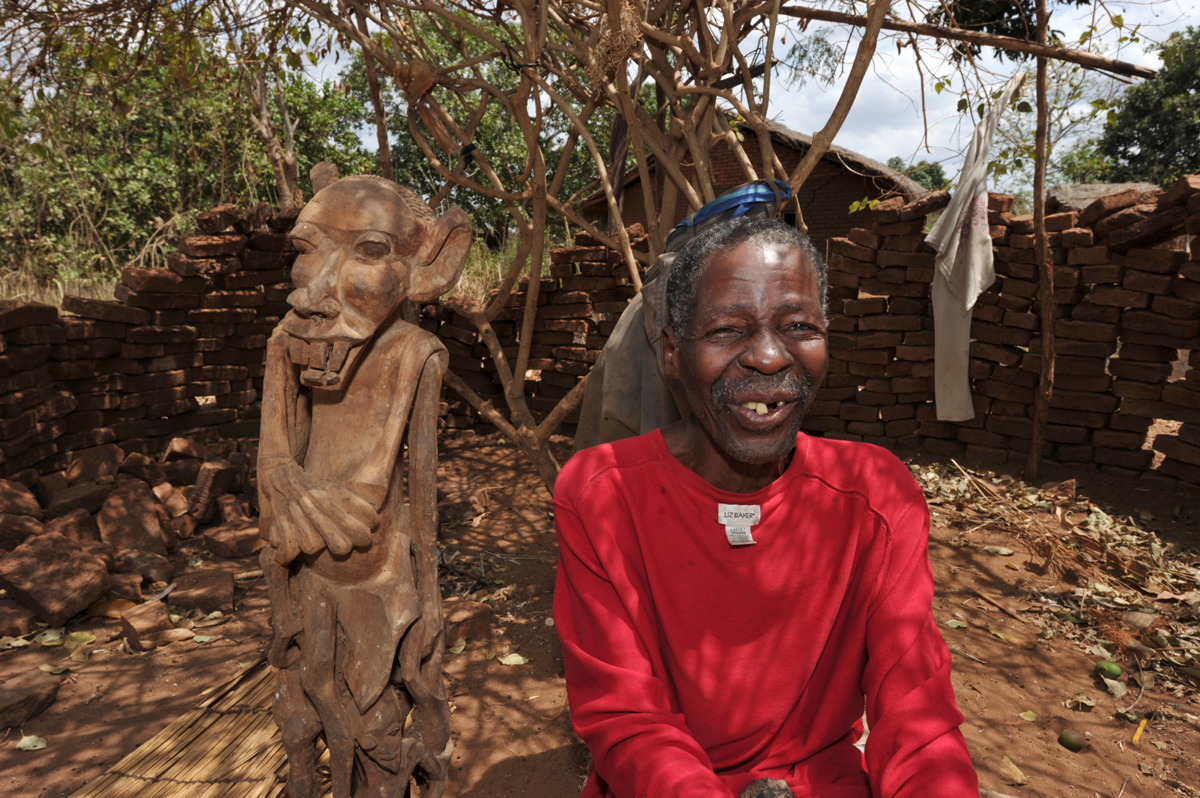
 Through their art, the people of Tanzania present us with their beliefs and show how different their way of life is from the western world. Tindo Lichanda is a sculptor from Nwanda who never dreamed that his sculptures would have such an impact on his culture. After settling in the Chikundi village, he built a life for himself and his family by selling his pieces. Rashidi Mzuguno is a painter and the son of David Mzuguno, a famous painter who knew that his son would continue his legacy even after his death. Both men, although their art differs in style, are able to show the history of their shared culture through their artwork.
Through their art, the people of Tanzania present us with their beliefs and show how different their way of life is from the western world. Tindo Lichanda is a sculptor from Nwanda who never dreamed that his sculptures would have such an impact on his culture. After settling in the Chikundi village, he built a life for himself and his family by selling his pieces. Rashidi Mzuguno is a painter and the son of David Mzuguno, a famous painter who knew that his son would continue his legacy even after his death. Both men, although their art differs in style, are able to show the history of their shared culture through their artwork.